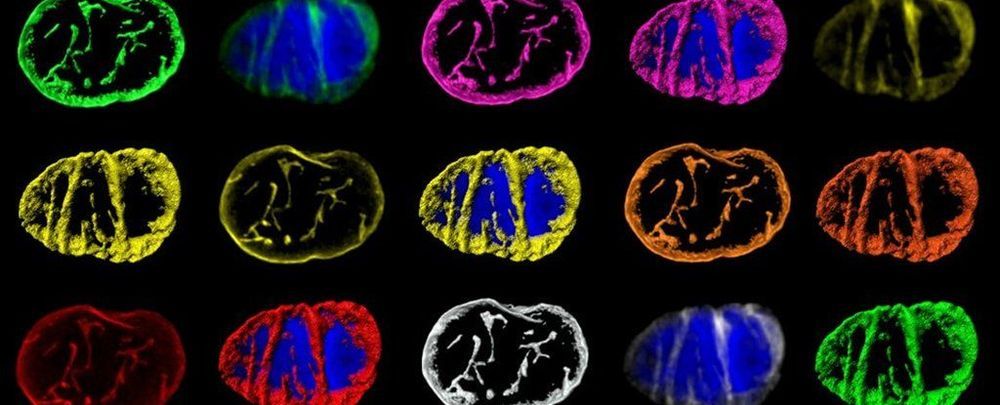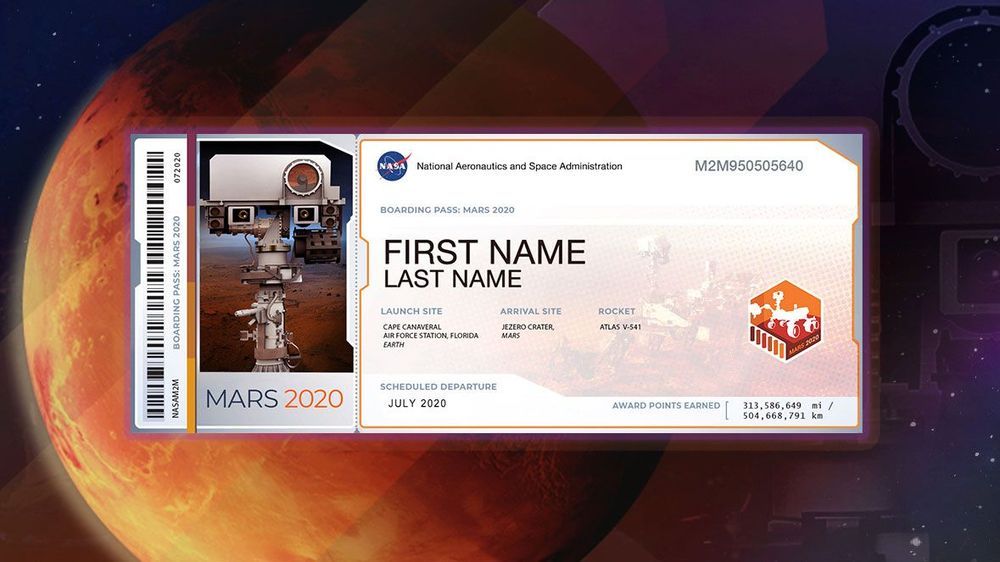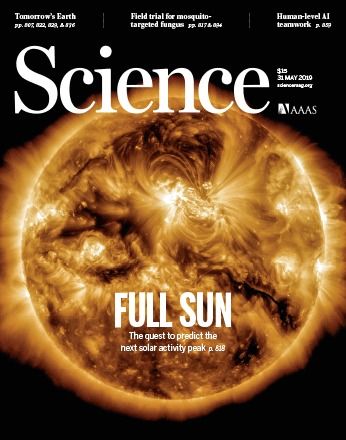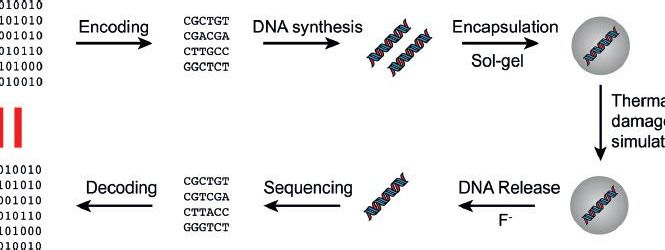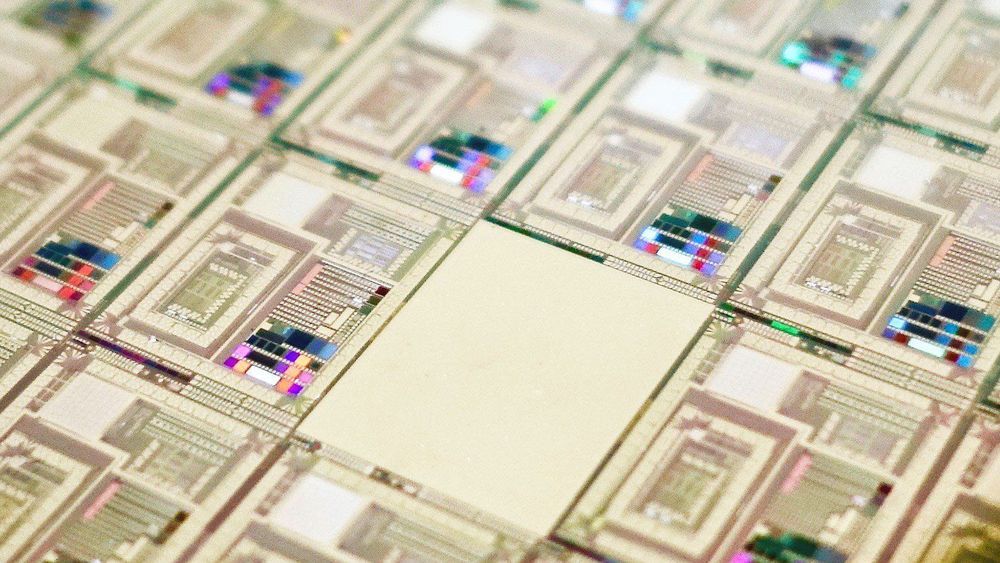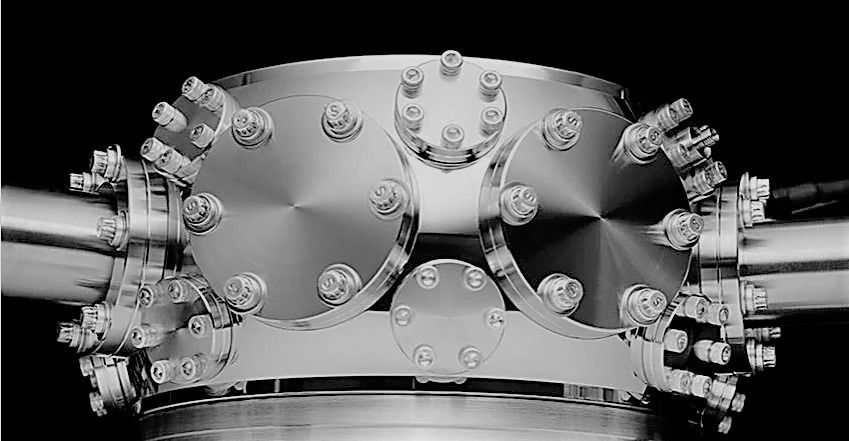Jun 2, 2019
D-Wave previews quantum computing platform with over 5,000 qubits
Posted by Quinn Sena in categories: computing, quantum physics
D-Wave Systems today unveiled the roadmap for its 5,000-qubit quantum computer. Components of D-Wave’s next-generation quantum computing platform will come to market between now and mid-2020 via ongoing quantum processing unit (QPU) and cloud-delivered software updates. The complete system will be available through cloud access and for on-premise installation in mid-2020.
Binary digits (bits) are the basic units of information in classical computing while quantum bits (qubits) make up quantum computing. Bits are always in a state of 0 or 1, while qubits can be in a state of 0, 1, or a superposition of the two. Quantum computing leverages qubits to perform computations that would be much more difficult for a classical computer. Based in Burnaby, Canada, D-Wave has been developing its own quantum computers that use quantum annealing.
D-Wave is mainly focused on solving optimization problems, so its quantum computers can’t be directly compared to the competition. Indeed, many have questioned whether D-Wave’s systems have quantum properties, and thus performance that classical computers can’t match. In the meantime, D-Wave continues to improve and sell its systems.
Continue reading “D-Wave previews quantum computing platform with over 5,000 qubits” »

